Home>Articles>How Far Does A Chimney Have To Be From A Window
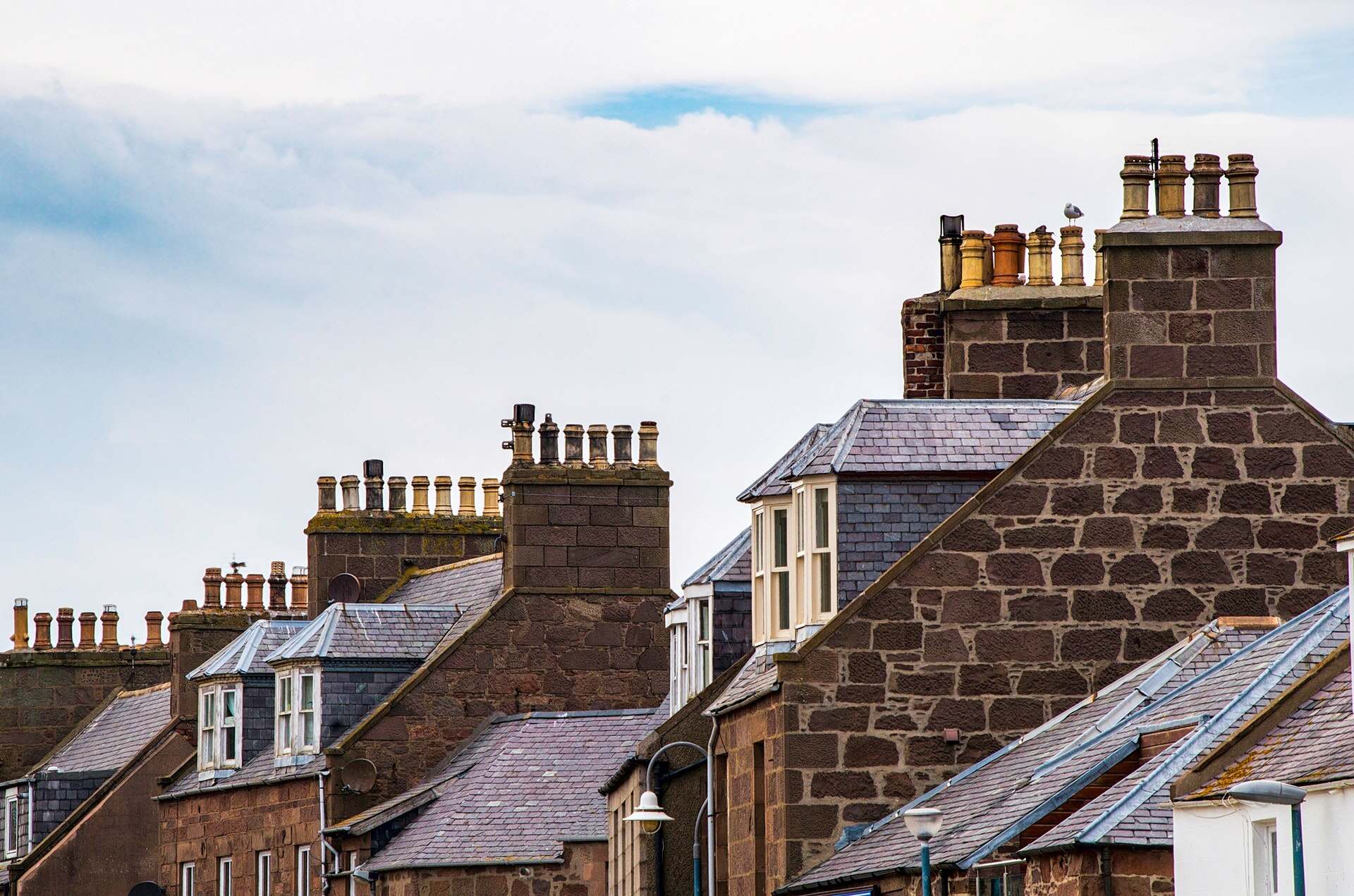

Articles
How Far Does A Chimney Have To Be From A Window
Modified: October 18, 2024
Learn about the necessary distance between a chimney and a window in this informative article. Keep your home safe and compliant.
(Many of the links in this article redirect to a specific reviewed product. Your purchase of these products through affiliate links helps to generate commission for Storables.com, at no extra cost. Learn more)
Introduction
A chimney is an essential component of any home with a fireplace or wood-burning stove. It serves the purpose of safely venting the byproducts of combustion out of the house, preventing the accumulation of dangerous gases such as carbon monoxide. However, when it comes to installing a chimney, there are several regulations and safety guidelines that must be followed to ensure proper functionality and minimize the risk of accidents.
In this article, we will explore the question of how far a chimney should be from a window. We will delve into the various building codes and distance requirements, as well as ventilation considerations and clearance from windows in different areas/rooms. Additionally, we will provide practical recommendations for chimney installation, maintenance, and hiring a professional to ensure compliance with safety standards.
Before delving into the specifics, it’s important to note that building codes and regulations vary by jurisdiction. It is crucial to consult your local authorities or a professional chimney installer to understand the specific requirements that apply to your area.
With that said, let’s dive into the regulations and guidelines for chimney installation, particularly focusing on the distance between a chimney and nearby windows.
Key Takeaways:
- Prioritize safety and compliance by hiring a professional chimney installer to ensure proper installation and adherence to building codes and regulations. Regular maintenance and inspections are essential for the longevity and functionality of your chimney, providing peace of mind and a cozy atmosphere in your home.
- Understanding building codes, distance requirements, ventilation considerations, and clearance from obstructions and combustible materials is crucial for safe chimney installation. Consult professionals and adhere to regulations to ensure a warm and safe environment for your family.
Regulations and Safety Guidelines
When it comes to chimney installation, following the relevant regulations and safety guidelines is of utmost importance. These guidelines are put in place to ensure the proper functioning of the chimney and to minimize the risk of accidents or damage to the surrounding structures. Let’s look at some key aspects to consider:
- Building Codes: Building codes provide specific requirements for chimney installation, including distance guidelines. These codes are designed to ensure the safe operation of the chimney and to maintain the structural integrity of the building. It’s crucial to adhere to these codes to meet the legal requirements and to ensure your own safety.
- Distance Requirements: One important factor to consider is the distance between the chimney and nearby windows. This distance requirement is often specified in building codes and can vary depending on the type of fuel being burned (e.g., wood, gas, or oil). In general, the distance between a chimney and a window should be sufficient to prevent heat transfer that could potentially damage the window or cause a fire hazard.
- Ventilation Considerations: In addition to the distance from windows, proper ventilation is crucial for chimney installation. Adequate airflow is necessary to ensure proper combustion and the safe removal of byproducts. Poor ventilation can lead to the buildup of gases such as carbon monoxide, posing a serious health risk. Building codes may stipulate specific ventilation requirements that need to be adhered to.
- Obstruction and Combustible Materials: It is important to ensure that no obstructions are present near the chimney, especially combustible materials. The distance between the chimney and any nearby trees, shrubs, or other structures should comply with the guidelines outlined in the building codes. Keeping a clear space around the chimney reduces the risk of fire and allows for proper maintenance and cleaning.
- Clearance from Windows in Different Areas/Rooms: Depending on the location and purpose of the window, the clearance requirements from the chimney may differ. For example, windows in sleeping areas or living rooms may have stricter clearance requirements compared to windows in utility rooms. It is important to consult the building codes or a professional to determine the specific clearance requirements for different areas/rooms in your home.
Now that we have a good understanding of the regulations and safety guidelines, it’s time to explore some practical recommendations for installing a chimney and ensuring its proper functioning.
Building Codes
Building codes are regulations set by local authorities that dictate the minimum standards for construction and safety in buildings. When it comes to chimney installation, building codes provide important guidelines to ensure the safe use and operation of the chimney. Let’s take a closer look at some key aspects of building codes related to chimneys:
Fire Safety: Building codes prioritize fire safety by specifying the materials, construction methods, and clearances required for chimneys. These regulations aim to prevent the spread of fire and ensure that the chimney can safely handle the heat generated by combustion. Compliance with these guidelines not only protects the occupants of the building but also helps prevent fire damage to nearby structures.
Structural Integrity: Building codes also take into account the structural integrity of the building when determining the requirements for chimney installation. This includes factors such as the chimney’s weight, its support system, and how it integrates with the overall structure of the house. Adhering to these guidelines ensures that the chimney is built in a way that does not compromise the stability and safety of the building.
Emission Control: Another important aspect of building codes is the control of emissions from chimneys. This is particularly relevant for chimneys connected to wood-burning stoves or fireplaces. The codes may specify the type and design of chimneys to minimize the release of pollutants into the environment. This helps maintain air quality and reduce the impact on both human health and the surrounding ecosystem.
Inspections and Permits: Building codes often require inspections and permits for chimney installation. This ensures that the chimney is installed correctly and meets the necessary safety standards. Inspections may include checking the chimney’s clearance from combustible materials, proper installation of connectors and flue pipes, and ensuring proper draft and ventilation. Obtaining the necessary permits and undergoing inspections are crucial steps to ensure compliance with building codes and ensure the safety of your home.
It’s important to note that building codes can vary from one jurisdiction to another. Therefore, it is necessary to consult your local building authority or a professional chimney installer to ensure compliance with the specific building codes applicable in your area.
Next, we will explore the distance requirements between a chimney and nearby windows, which is an important consideration for chimney installation and safety.
Distance Requirements
When installing a chimney, one crucial aspect to consider is the distance it should be kept from nearby windows. The distance requirements are established to ensure the safety of the windows and prevent potential hazards. Let’s delve into some important factors regarding distance requirements:
Type of Fuel: The type of fuel used in the chimney can impact the distance requirements from nearby windows. Different fuels produce varying levels of heat and combustion byproducts. For example, wood-burning stoves tend to generate more intense heat compared to gas or oil-burning systems. Building codes may outline specific distance requirements based on the type of fuel used, so it’s essential to determine the specific guidelines for your installation.
Heat Transfer: The primary concern with proximity between chimneys and windows is heat transfer. If a chimney is placed too close to a window, the excessive heat radiating from the chimney can potentially damage the window, melt seals, or even cause the glass to crack. Moreover, this heat transfer can also increase the risk of fire hazards. It is crucial to maintain an adequate distance to minimize heat transfer and ensure window safety.
Clearance from Combustible Materials: In addition to the windows themselves, it is important to consider the presence of any combustible materials near the chimney. Building codes may specify minimum clearance distances between the chimney and potentially flammable materials like curtains, furniture, or walls. Maintaining proper clearance from combustible materials reduces the risk of accidental fires and improves overall safety.
Building Code Requirements: Building codes typically provide clear guidelines regarding the minimum distances required between chimneys and windows. These requirements can vary depending on factors such as the size and height of the chimney, the type of window, and the local regulations. It is important to consult the specific building codes applicable in your area to ensure compliance with the distance requirements.
Remember, it is always better to err on the side of caution and maintain a larger distance between the chimney and nearby windows if there is any uncertainty. This additional margin of safety can provide peace of mind and ensure the longevity of both the windows and the chimney installation itself.
In the next section, we will discuss ventilation considerations, another important aspect to bear in mind during chimney installation.
Ventilation Considerations
Proper ventilation is crucial for the safe and efficient operation of a chimney. It ensures the adequate flow of air, helps maintain proper combustion, and allows for the efficient removal of combustion byproducts, such as smoke and gases. Here are some important ventilation considerations to keep in mind:
Airflow and Draft: Adequate airflow is necessary for the chimney to function properly. Without proper ventilation, the combustion process can be compromised, leading to incomplete combustion and the production of harmful gases, such as carbon monoxide. Building codes may outline specific requirements for the ventilation system to ensure a sufficient draft and airflow through the chimney.
Chimney Height: The height of the chimney plays a role in facilitating proper ventilation. Tall chimneys create a stronger draft, which aids in the removal of smoke and gases. Building codes may specify minimum height requirements for chimneys, particularly for certain types of fuels or in specific geographical areas with unique air circulation patterns.
Adequate Air Supply: For proper ventilation, it’s important to provide an adequate source of fresh air for combustion. The chimney should not compete with other appliances or ventilation systems for air supply. Building codes may recommend or require the installation of air intake vents to ensure that there is enough oxygen available for combustion and proper chimney function.
Clearance from Obstructions: To ensure proper ventilation, it is crucial to maintain a clear path for the flow of air around the chimney, both inside and outside the house. Any obstructions, such as nearby trees, buildings, or structures, can impede the airflow and create backdraft or poor chimney performance. Building codes often provide specific clearance requirements to prevent such obstructions.
Proper ventilation is not only essential for safety but also for the overall efficiency and effectiveness of the chimney. It ensures proper combustion, reduces the risk of harmful emissions, and improves the longevity of the chimney system. Therefore, it is vital to carefully consider and adhere to the ventilation requirements specified in the building codes or recommended by chimney professionals.
In the next section, we will discuss the importance of clearance from windows in different areas or rooms of the house.
Obstruction and Combustible Materials
When installing a chimney, it is crucial to consider potential obstructions and the presence of combustible materials in the surrounding area. Ensuring proper clearance from these obstructions and materials is essential for both the safety and functionality of the chimney. Here are some important factors to consider:
Obstructions: Any obstructions near the chimney can interfere with its proper functioning. These obstructions can include nearby trees, buildings, or other structures. It is important to maintain an adequate distance between the chimney and these obstructions to allow for proper ventilation and the prevention of fire hazards.
Clearance from Combustible Materials: Combustible materials in the vicinity of the chimney can pose a significant risk of fire. These materials can include curtains, furniture, walls, or any other items that can easily catch fire. Building codes often specify minimum clearance distances that must be maintained between the chimney and combustible materials. These distances are designed to reduce the risk of accidental fires and ensure the safety of the occupants and the building itself.
Heat Protection Measures: In some cases, additional measures may be required to protect nearby combustible materials from the heat generated by the chimney. These measures can include the installation of heat shields or the use of non-combustible materials around the chimney to create a buffer zone. Such measures can help minimize the risk of heat transfer and potential fire hazards.
Maintaining Clear Space: It is important to maintain clear space around the chimney for easy access and proper maintenance. This includes keeping the area free of clutter and ensuring that there are no objects obstructing the chimney or its components. Clear space allows for regular inspections, cleaning, and repairs, ensuring the continued efficiency and safety of the chimney system.
By taking these factors into account and adhering to the guidelines and regulations set forth by building codes, you can minimize the risk of fire and ensure the safe operation of your chimney. Consult with professionals and experts in chimney installation to determine the specific requirements and recommendations for obstruction clearance and dealing with combustible materials.
In the next section, we will explore the clearance requirements between chimneys and windows in different areas or rooms of a house.
A chimney should be at least 10 feet away from a window to prevent smoke and soot from entering the home. This distance helps to ensure proper ventilation and prevents potential fire hazards.
Clearance from Windows in Different Areas/Rooms
When it comes to chimney installation, the clearance requirements between chimneys and windows can vary depending on the specific areas or rooms in a house. Different areas have different usage patterns and potential risks, which necessitate varying clearance distances to ensure safety. Let’s explore some common areas and rooms and their specific clearance requirements:
Living Areas: In living rooms or areas where people spend a significant amount of time, it is especially important to maintain a safe distance between the chimney and windows. Building codes often impose stricter clearance requirements in living spaces due to increased fire risk and the potential for heat transfer to flammable materials or the risk of accidental contact. Adequate clearance ensures the safety of the occupants and reduces the likelihood of damage to windows or nearby furnishings.
Sleeping Areas: Bedrooms and sleeping areas typically have more stringent clearance requirements due to the potential risks associated with sleeping. Building codes may specify minimum distances between chimneys and windows in these areas, taking into consideration the increased fire hazard and the need to provide a safe evacuation route in the event of a fire.
Kitchens: Kitchens often have specific requirements for chimney clearance due to the presence of cooking appliances and the potential for grease or oil fires. Building codes may specify minimum distances to keep the windows safe from heat or potential fire hazards. It is important to ensure adequate clearance to prevent any direct contact between the chimney and nearby windows or flammable materials.
Bathrooms and Utility Rooms: Bathrooms and utility rooms, such as laundry or utility closets, may have different clearance requirements. These areas generally have a higher humidity level or contain potential sources of moisture. Building codes may outline specific requirements to prevent condensation or moisture damage to windows and surrounding materials.
Specific Local Regulations: It is important to note that clearance requirements can vary based on local regulations and building codes. Depending on your geographical area, there may be additional criteria or specific recommendations to adhere to. It is essential to consult the relevant authorities or professionals in your area to ensure compliance with the specific regulations applicable to your location.
By understanding and adhering to the clearance requirements for different areas or rooms in your house, you can ensure the safety of your chimney installation and minimize the risk of accidents or damage to windows and surrounding structures.
Now that we have explored the regulations and guidelines related to chimney installation, let’s move on to some practical recommendations to ensure a successful chimney installation process and long-term safety.
Practical Recommendations
When it comes to chimney installation and maintenance, following some practical recommendations can help ensure a successful and safe process. Consider the following recommendations:
1. Hiring a Professional: Chimney installation is a complex task that requires expertise and knowledge. It is highly recommended to hire a professional chimney installer who has experience and understands the local building codes and regulations. A professional can ensure that the chimney is properly installed, meets safety standards, and complies with all the necessary guidelines.
2. Proper Chimney Installation: Ensure that your chimney is installed correctly, with appropriate clearances from windows and surrounding structures. This includes following the building codes and guidelines regarding distance requirements, ventilation considerations, and clearance from combustible materials. Proper installation is crucial for the safe and efficient operation of your chimney.
3. Regular Maintenance and Inspections: Regular maintenance and inspections are essential to keep your chimney in optimal condition and to detect any potential issues early on. Schedule regular cleanings to remove creosote buildup and other debris that can pose a fire hazard. Additionally, have your chimney inspected by a professional at least once a year to identify any signs of damage or deterioration that may require repair or maintenance.
4. Use Proper Fuels and Follow Proper Burning Practices: Ensure that you are using the proper fuels for your chimney and follow the recommended burning practices. Using the wrong fuels or burning materials that are not meant for your chimney can lead to excessive heat, increased emissions, and potential damage. Follow the manufacturer’s instructions and consult a professional if you have any doubts.
5. Install Carbon Monoxide Detectors: To ensure the safety of your household, install carbon monoxide detectors near your chimney and throughout your home. Carbon monoxide is an odorless and invisible gas that can be emitted from faulty chimneys or appliances, and it can be life-threatening if not detected. Carbon monoxide detectors provide an early warning in case of dangerous levels of this gas.
By following these practical recommendations, you can maintain the safety and functionality of your chimney, ensuring a warm and cozy atmosphere in your home without compromising the well-being of your household.
Now, let’s wrap up the article with a few concluding thoughts.
Hiring a Professional
When it comes to chimney installation, hiring a professional chimney installer is highly recommended. While it may be tempting to attempt a DIY approach, the expertise and knowledge that a professional brings to the table are invaluable. Here are some key reasons why hiring a professional is important:
Experience and Expertise: Professional chimney installers have years of experience working with various chimney systems. They are well-versed in local building codes and regulations, ensuring that your chimney installation meets all necessary requirements. Their expertise allows them to handle the complexities of chimney installation, including proper venting, clearances, and structural considerations.
Compliance with Safety Standards: Building codes and safety standards are in place to protect homeowners and ensure the safe operation of chimneys. Professional chimney installers stay up-to-date with the latest regulations and guidelines, ensuring that your chimney installation is compliant. By hiring a professional, you can have peace of mind knowing that your chimney is installed properly and meets all safety standards.
Proper Equipment and Tools: Professional chimney installers have access to the right equipment and tools needed for the job. They have specialized tools for measuring clearances, adjusting flue liners, and properly sealing connections. By utilizing professional equipment, they can ensure the integrity and longevity of your chimney installation.
Insurance and Warranty: Reputable chimney installers carry insurance coverage, providing protection in the event of accidents or damages during the installation process. Additionally, many professional chimney installers offer warranties on their work, giving you added peace of mind. If any issues arise after the installation, the installer can address them promptly and effectively.
Long-Term Safety and Cost Savings: A properly installed chimney by a professional ensures long-term safety and can save you money in the long run. Professional installation minimizes the risk of accidents, damage, or the need for costly repairs due to improper installation. By investing in professional installation up front, you can avoid potential issues down the line and maintain the value and safety of your home.
Consultation and Advice: Professional chimney installers can provide valuable consultation and advice tailored to your specific needs. They can assess your space, recommend the most suitable chimney system, and guide you through the entire process. Their expertise allows them to address any concerns or questions you may have, ensuring that you make informed decisions regarding your chimney installation.
Overall, hiring a professional chimney installer is an investment in the safety and functionality of your chimney. Their experience, compliance with safety standards, proper tools, insurance coverage, and long-term cost savings make them the best choice for a successful chimney installation. Consult with reputable professionals in your area to find the right chimney installer for your needs.
With the importance of hiring a professional in mind, let’s move on to explore more practical recommendations for chimney installation and maintenance.
Proper Chimney Installation
Proper chimney installation is essential for the safe and efficient operation of your chimney system. It involves various considerations and steps to ensure that the chimney is correctly installed and meets all necessary requirements. Here are some key aspects of proper chimney installation:
Adhering to Building Codes: Building codes provide specific guidelines and requirements for chimney installation. These codes prioritize safety and dictate factors such as clearance distances, materials, and proper construction techniques. It is crucial to familiarize yourself with the applicable building codes in your area and ensure that your chimney installation conforms to these standards.
Evaluating Structural Considerations: Before installing a chimney, it is important to evaluate the structural considerations of your home. This includes assessing the load-bearing capacity of the roof and determining the appropriate support structure for the chimney. A professional chimney installer can examine your home’s structure and ensure that the chimney installation is structurally sound and does not compromise the integrity of your house.
Proper Venting and Flue Systems: Venting plays a critical role in the safe operation of a chimney. It allows for the proper exhaust of combustion byproducts, such as smoke and gases, and ensures efficient airflow for combustion. Professionals understand the intricacies of venting and can design and install the appropriate flue system to ensure proper drafting and ventilation of your chimney.
Clearances and Heat Protection: Clearances refer to the minimum distances required between the chimney and surrounding combustible materials, such as walls, beams, or insulation. It is essential to follow the recommended clearance guidelines outlined in the building codes to prevent fire hazards. Additionally, heat protection measures, such as heat shields or non-combustible materials, should be considered to protect nearby structures from excessive heat generated by the chimney.
Sealing and Insulation: Proper sealing and insulation of the chimney system are crucial to prevent leaks, drafts, and heat loss. This includes ensuring a tight seal at the chimney connections and using appropriate insulation materials to maintain optimal temperature control within the chimney system. Proper sealing and insulation can improve the efficiency of your chimney and reduce energy waste.
Testing and Commissioning: Once the chimney installation is complete, it is important to perform testing and commissioning procedures to ensure that the chimney operates as intended. This can involve conducting a smoke test to verify the integrity of the flue system, checking for proper draft and airflow, and verifying that all components are functioning correctly. Testing and commissioning procedures provide assurance that the chimney is ready for use and in compliance with safety standards.
Proper chimney installation is a complex process that requires knowledge, experience, and attention to detail. Hiring a professional chimney installer is highly recommended as they possess the expertise to navigate the various aspects of installation, ensuring a safe and efficient chimney system in your home.
Next, we will explore the importance of regular maintenance and inspections for your chimney.
Regular Maintenance and Inspections
Regular maintenance and inspections are crucial for the optimal performance and longevity of your chimney. By taking proactive steps to maintain your chimney, you can identify and address potential issues before they turn into costly repairs or safety hazards. Here are some important aspects of regular maintenance and inspections for your chimney:
Cleaning and Removal of Creosote: Creosote, a byproduct of burning wood, can accumulate inside the chimney over time. This buildup can lead to chimney fires if not regularly cleaned. Schedule regular chimney cleanings to remove the creosote and any other debris that may be obstructing the flue. A professional chimney sweep has the tools and expertise to safely clean your chimney and ensure its proper functioning.
Inspection for Structural Damage: Regular inspections allow for the early detection of any structural damage to your chimney. This includes checking for cracks, deteriorating mortar, or damaged masonry. Identifying and addressing these issues promptly can prevent further damage and ensure the longevity of your chimney. It is recommended to have a professional chimney inspector conduct a thorough inspection at least once a year.
Verification of Flue System Integrity: Inspecting the flue system is an important part of chimney maintenance. The flue lining should be checked for any signs of deterioration or damage, such as cracks or gaps. These issues can compromise the integrity of the chimney and increase the risk of fires or hazardous fumes entering the home. A professional chimney inspector can assess the condition of the flue lining and recommend any necessary repairs or replacements.
Checking for Blockages or Animal Nesting: Chimney openings can attract birds, squirrels, or other animals seeking shelter. These animals can build nests or block the flow of air and exhaust gases. Regular chimney inspections help identify and remove any blockages or signs of animal nesting, ensuring the smooth operation of your chimney system.
Evaluating Gasket and Seal Condition: The gaskets and seals around the chimney connections should be inspected regularly for wear and tear. Damaged or deteriorated gaskets and seals can result in air leaks, reducing the efficiency of your chimney and potentially allowing the escape of toxic gases. It is important to replace any damaged gaskets or seals to maintain the proper functioning of the chimney.
Testing Carbon Monoxide Detectors: Carbon monoxide (CO) is a colorless and odorless gas that can be produced by fuel-burning appliances, including a chimney. Regularly test your carbon monoxide detectors to ensure they are functioning correctly. Carbon monoxide detectors provide an early warning if levels of this dangerous gas become elevated, allowing you to take immediate action to protect yourself and your family.
By staying proactive with regular maintenance and inspections, you can prevent potential chimney issues, ensure the safety of your home, and prolong the lifespan of your chimney. Consider establishing a maintenance schedule and consult with professionals to help you with the maintenance and inspection tasks.
Now that we have explored the importance of regular maintenance and inspections, let’s conclude our article with a summary.
Conclusion
When it comes to chimney installation, following regulations and safety guidelines is of utmost importance to ensure the safe and efficient operation of your chimney system. Throughout this article, we have discussed various aspects, including building codes, distance requirements from windows, ventilation considerations, and clearance from obstructions and combustible materials.
Hiring a professional chimney installer is highly recommended to ensure compliance with building codes, proper chimney installation, and adherence to safety standards. Professionals bring their expertise, experience, and knowledge of local regulations to ensure a successful chimney installation that meets all necessary requirements.
Regular maintenance and inspections are essential for the longevity and functionality of your chimney. Routine cleanings remove creosote buildup, inspections identify structural damage or blockages, and checking gaskets and seals maintains proper airflow and prevents leaks. Don’t forget to test your carbon monoxide detectors regularly for added safety.
By adhering to these regulations, hiring professionals, and following proper maintenance practices, you can enjoy the warmth and ambiance of your fireplace or wood-burning stove with peace of mind. Prioritizing safety, compliance, and regular maintenance ensures the efficient and safe operation of your chimney for years to come.
Remember, building codes and regulations may vary by jurisdiction, so it is crucial to consult with local authorities or professionals to ensure that you are following the specific requirements applicable to your area. By doing so, you can create a safe and comfortable environment for you and your family.
We hope this article has provided you with comprehensive insights into chimney installation regulations, safety guidelines, and practical recommendations. With proper compliance, installation, and maintenance, your chimney will continue to bring warmth and enjoyment to your home for years to come.
Frequently Asked Questions about How Far Does A Chimney Have To Be From A Window
Was this page helpful?
At Storables.com, we guarantee accurate and reliable information. Our content, validated by Expert Board Contributors, is crafted following stringent Editorial Policies. We're committed to providing you with well-researched, expert-backed insights for all your informational needs.
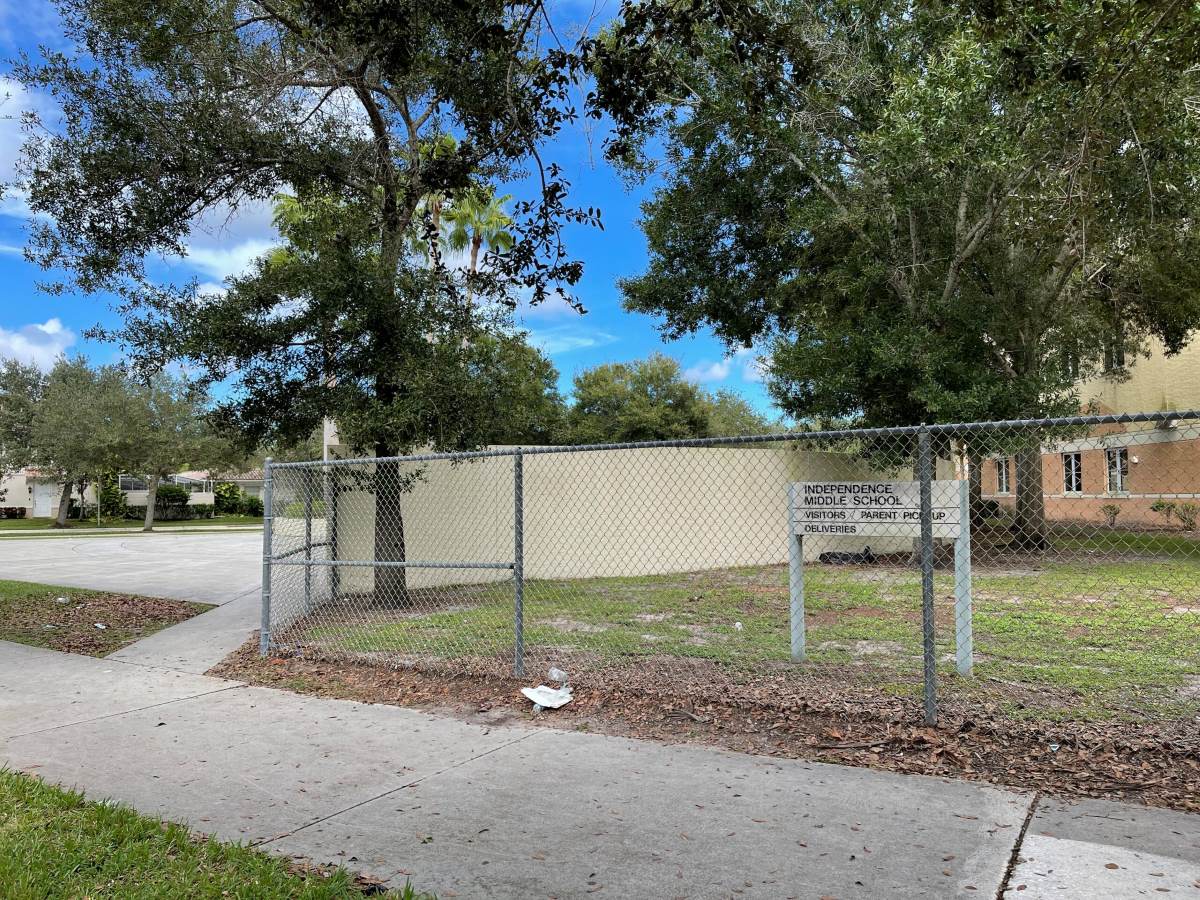
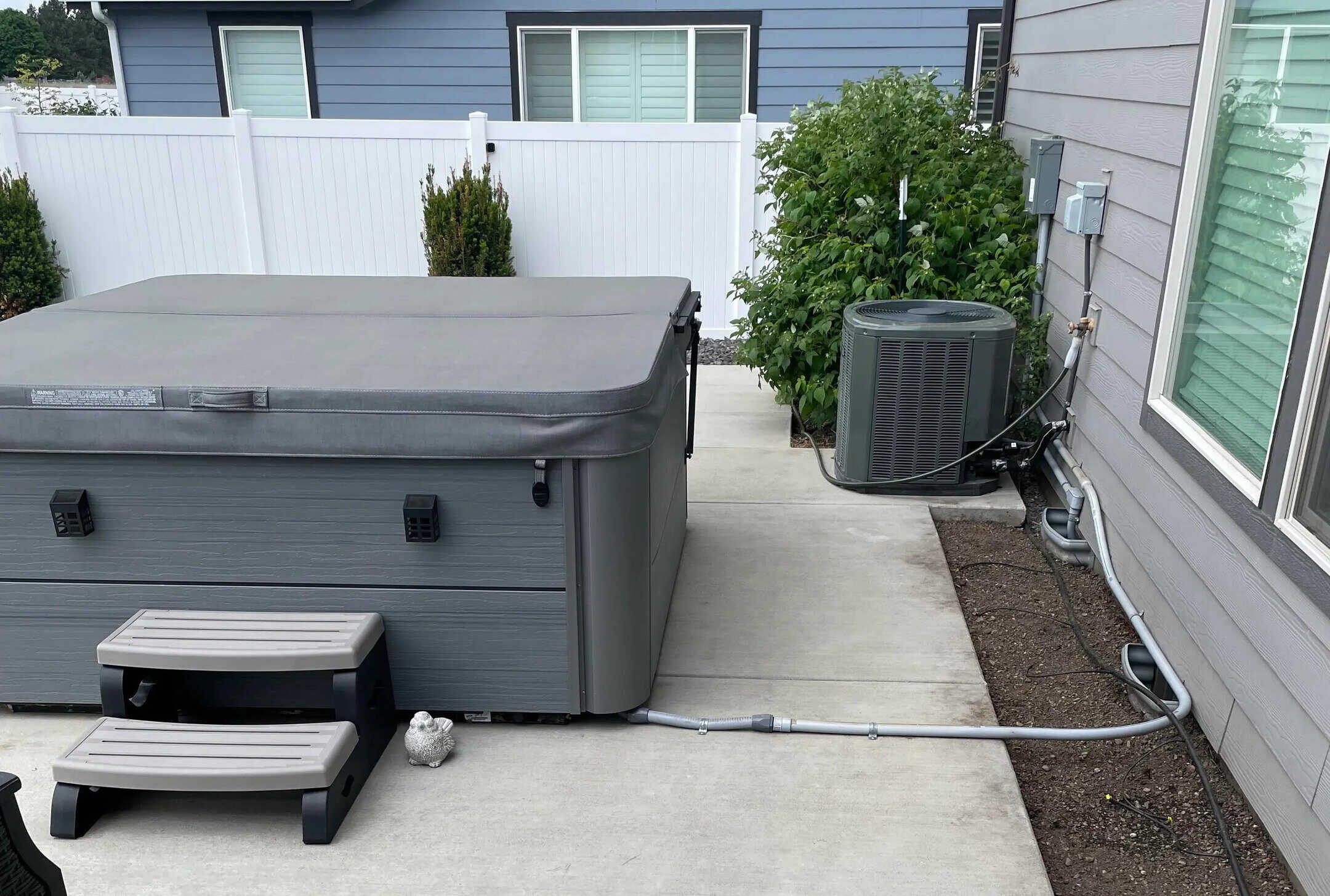
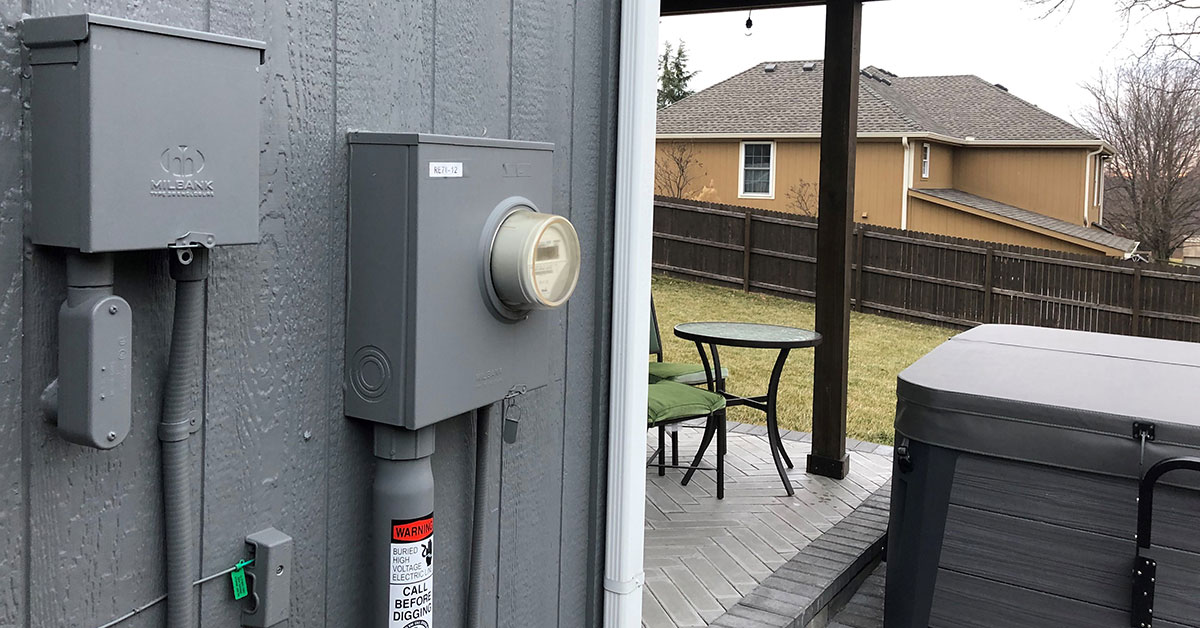
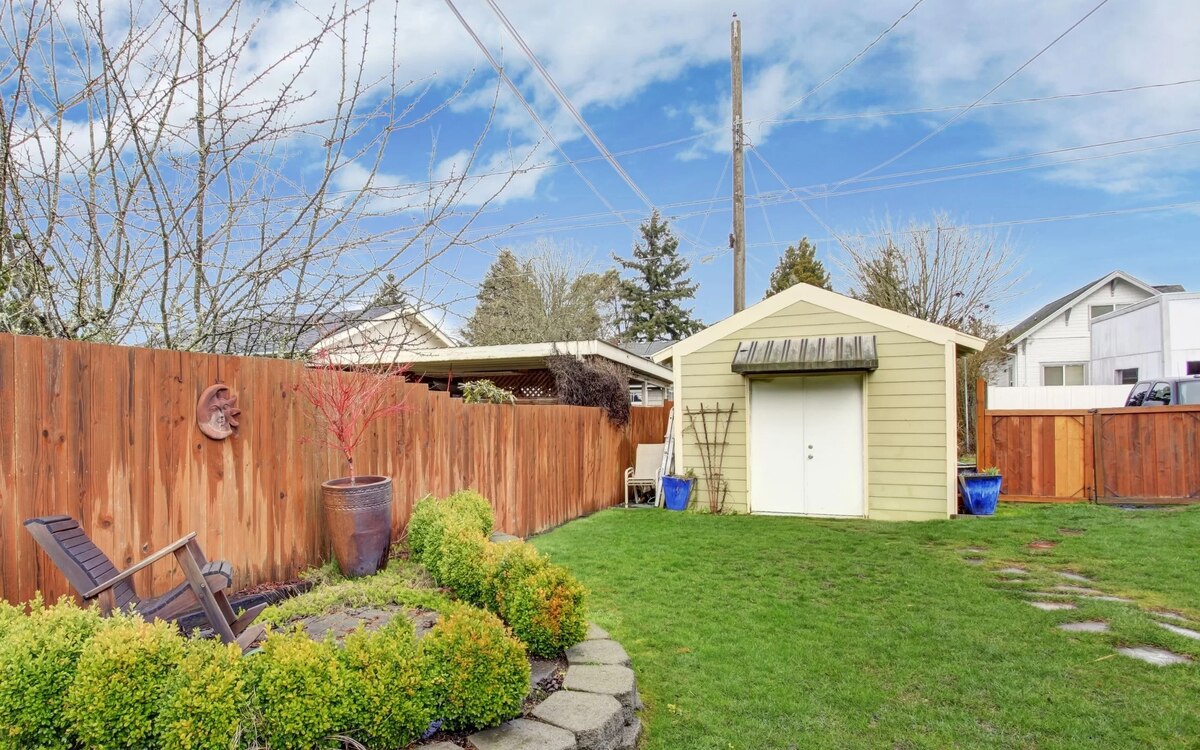
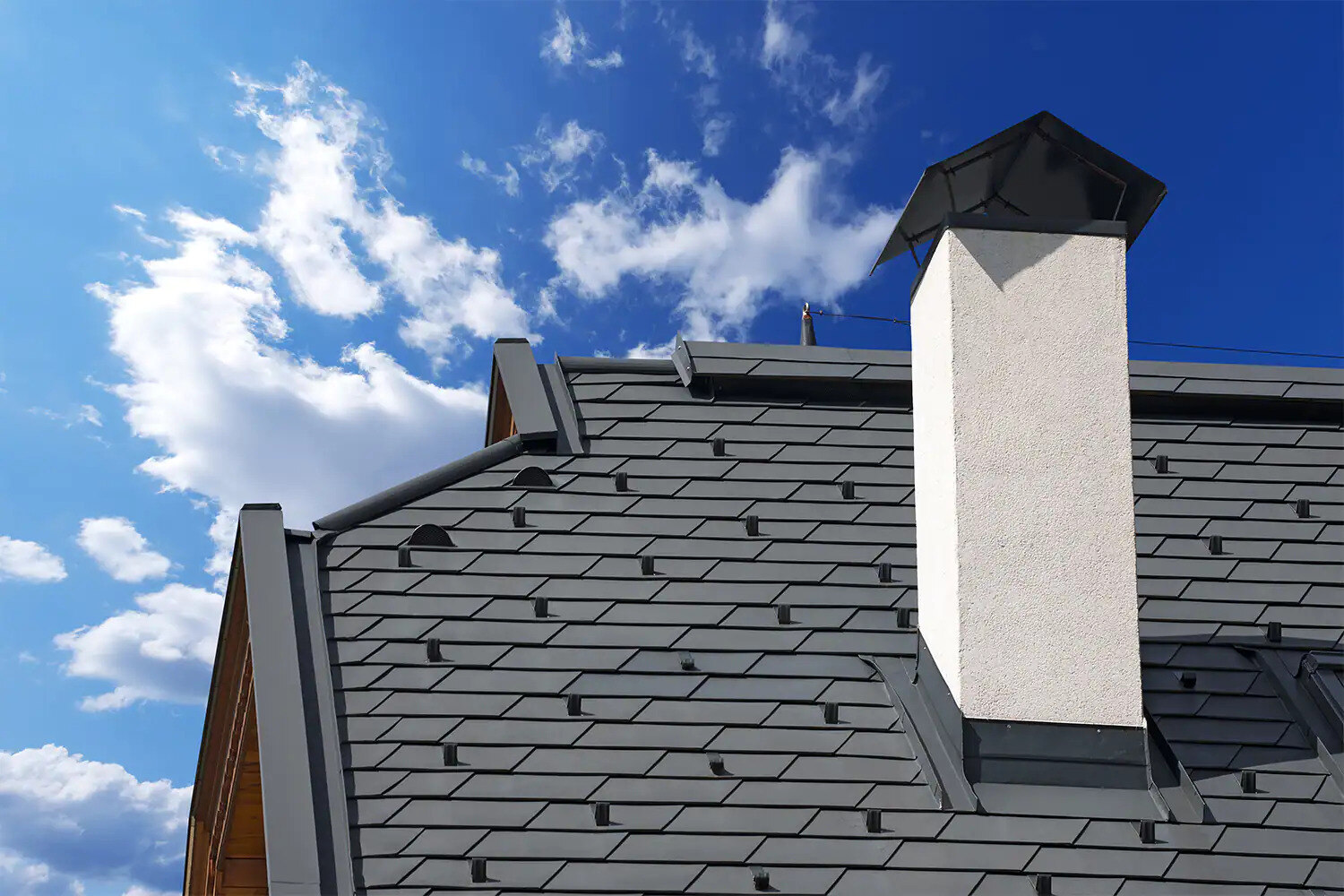
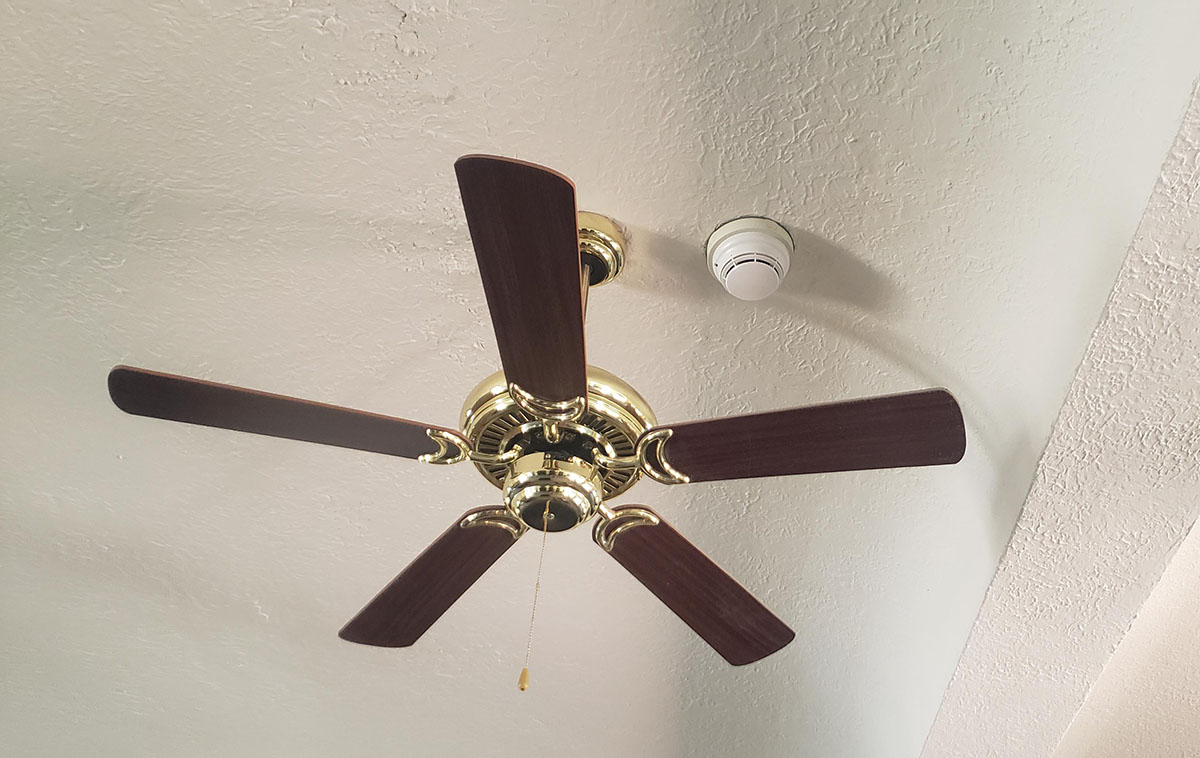
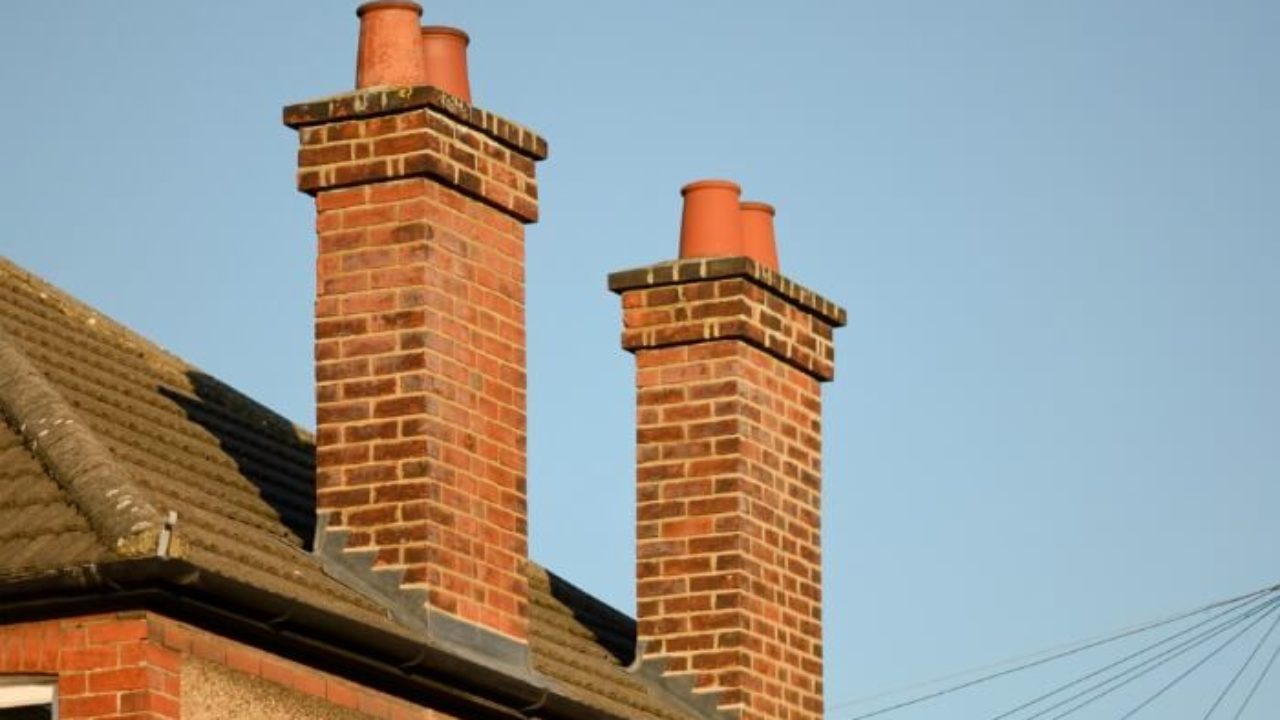
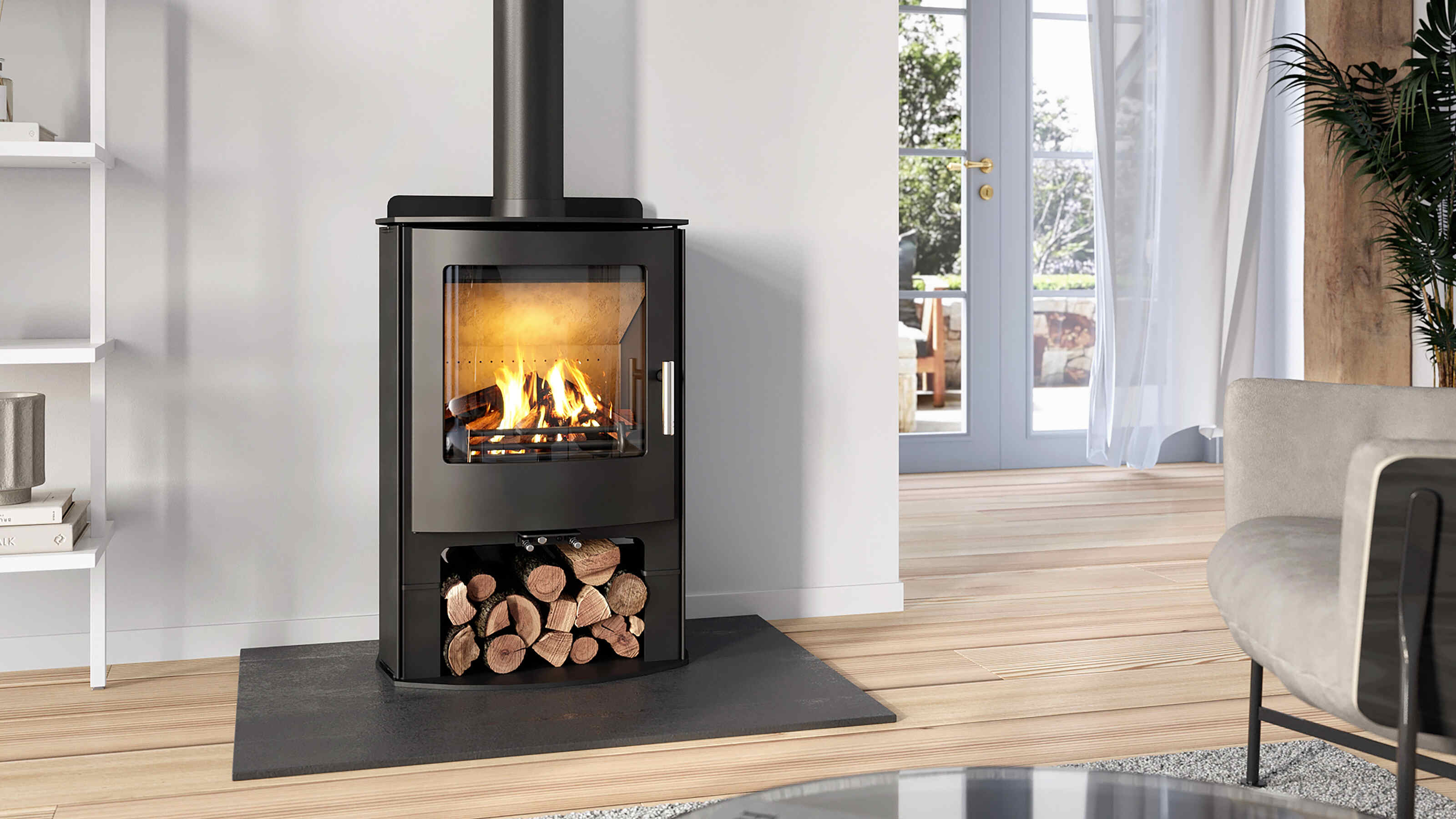
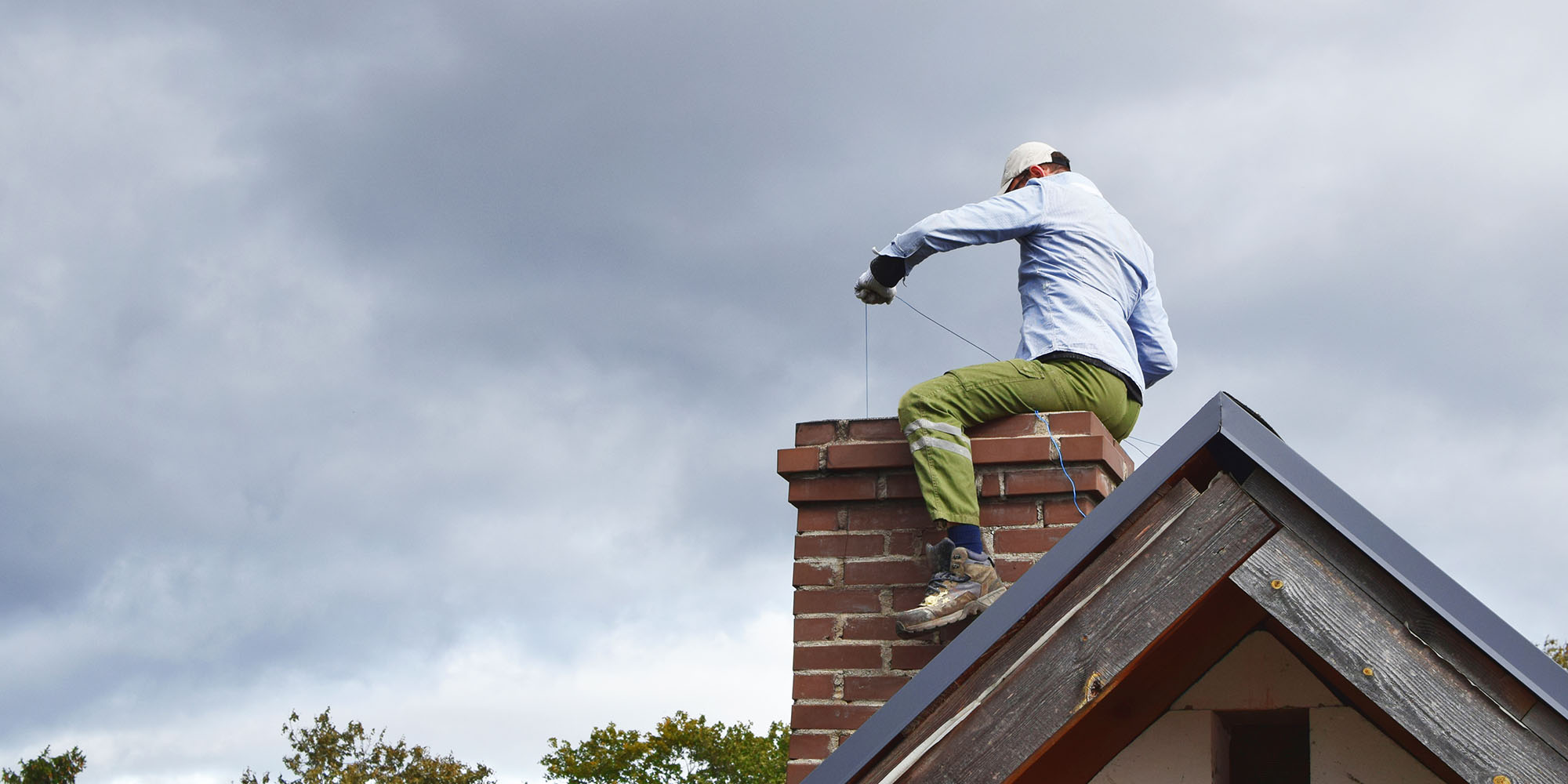
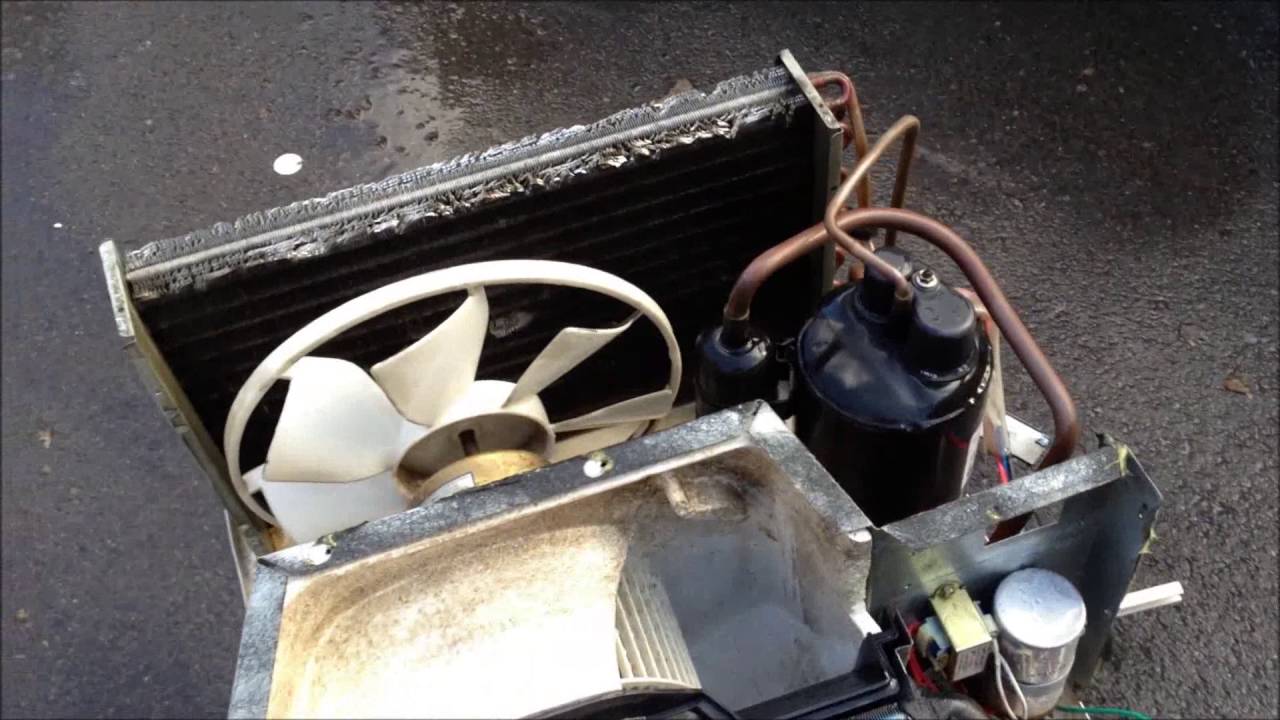
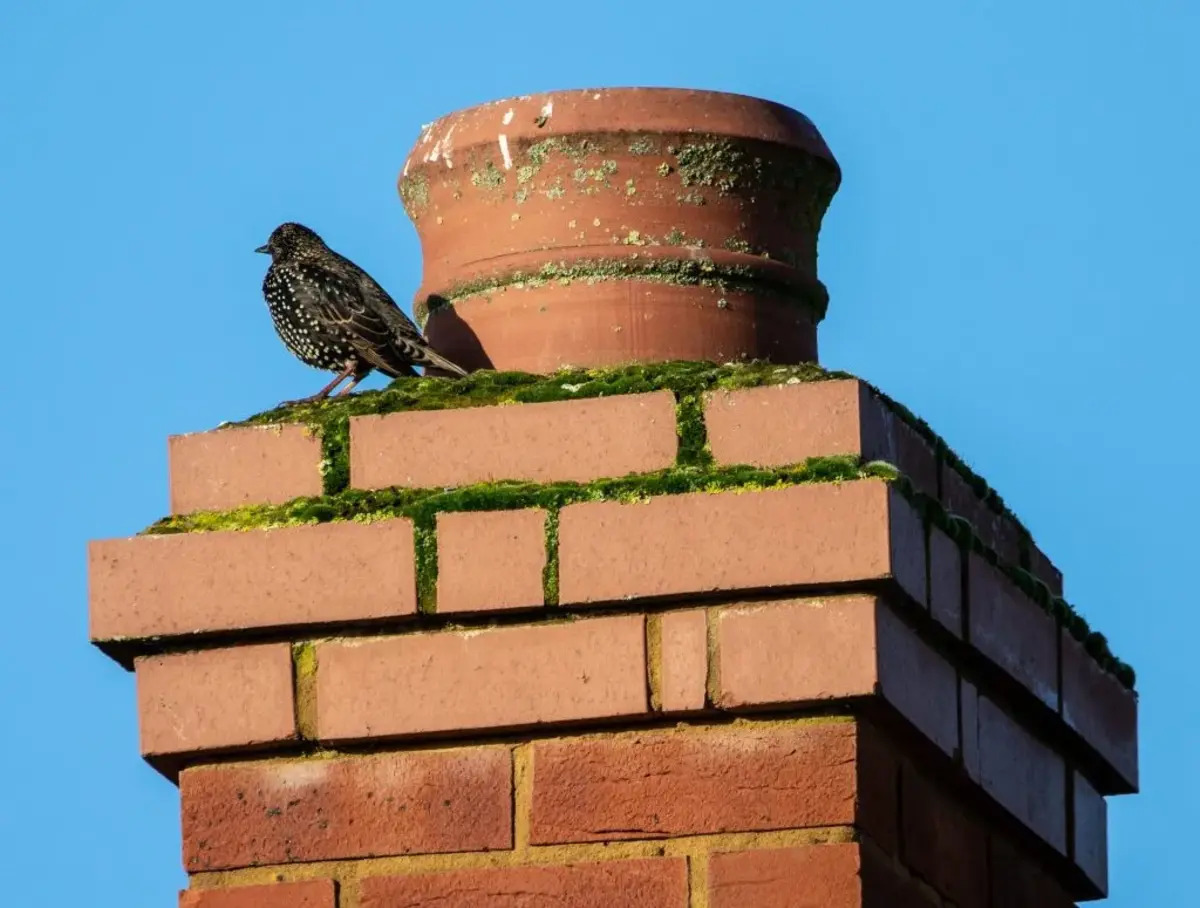
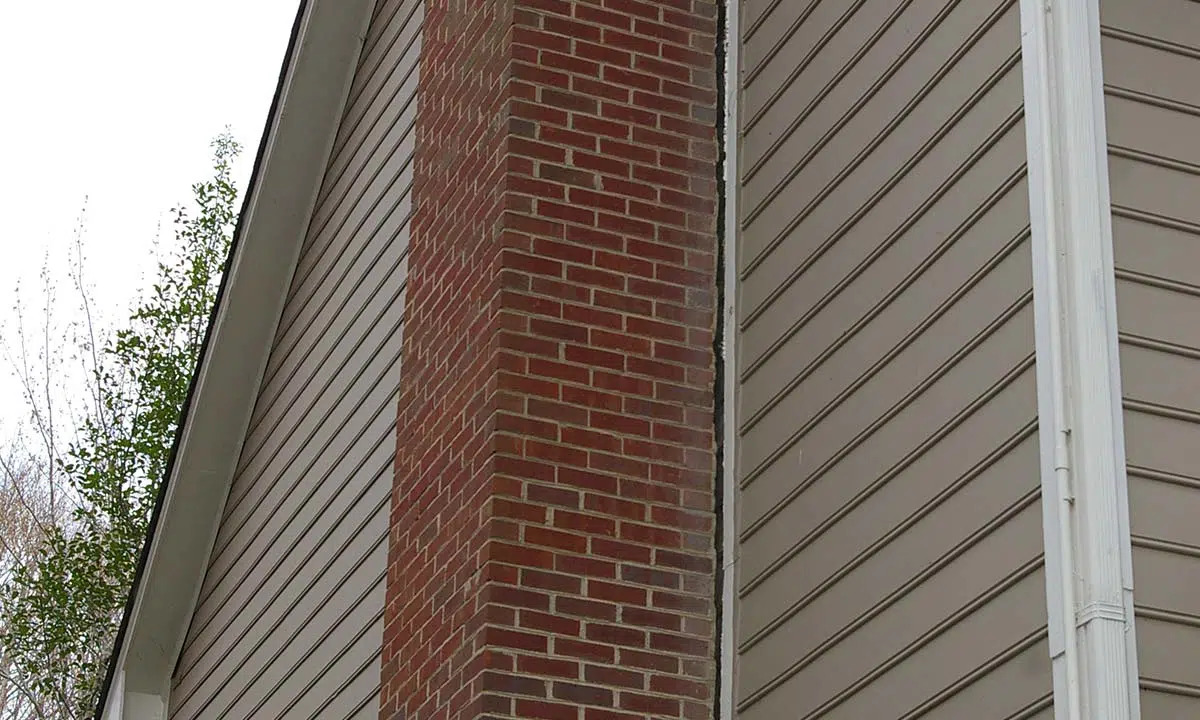
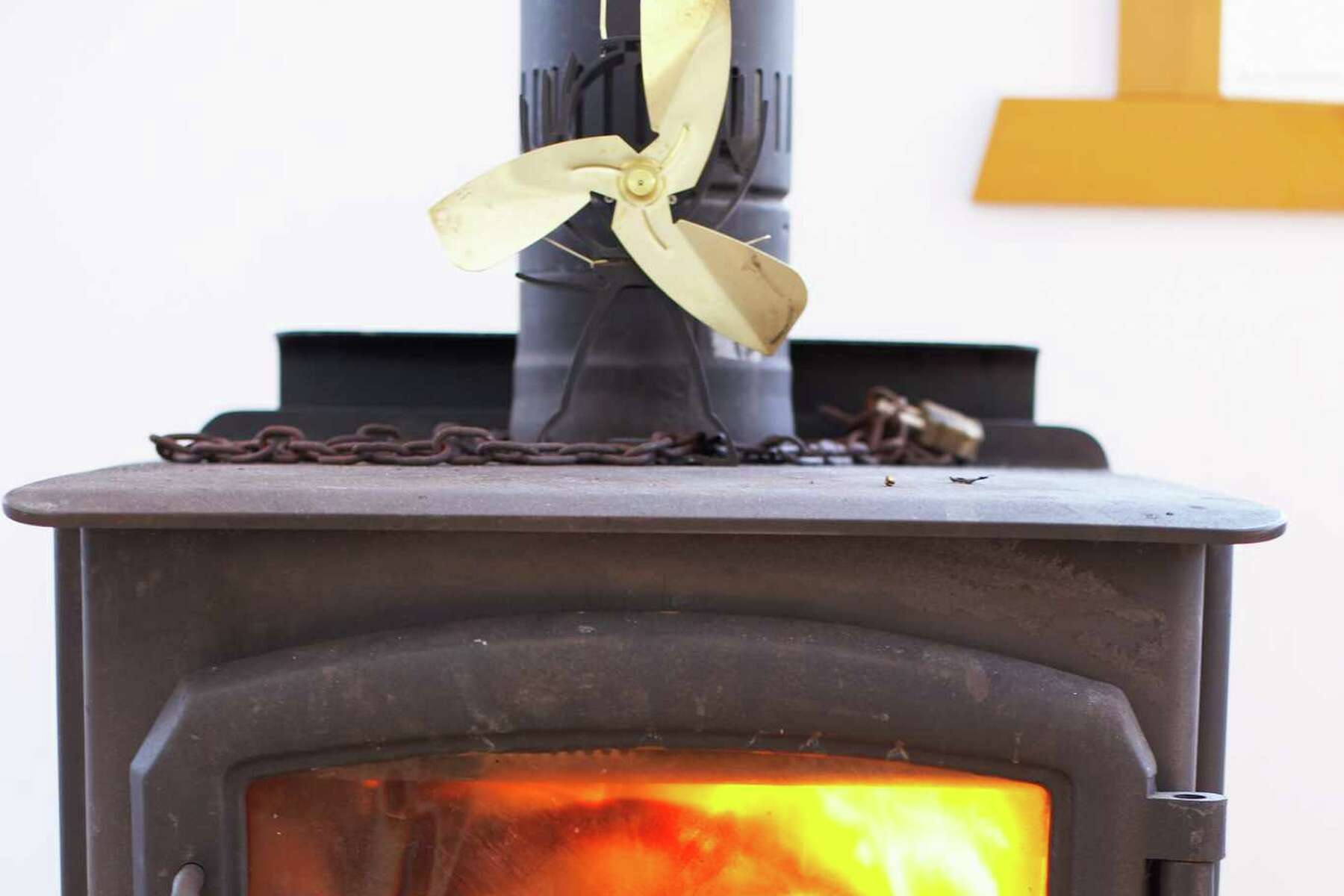

0 thoughts on “How Far Does A Chimney Have To Be From A Window”